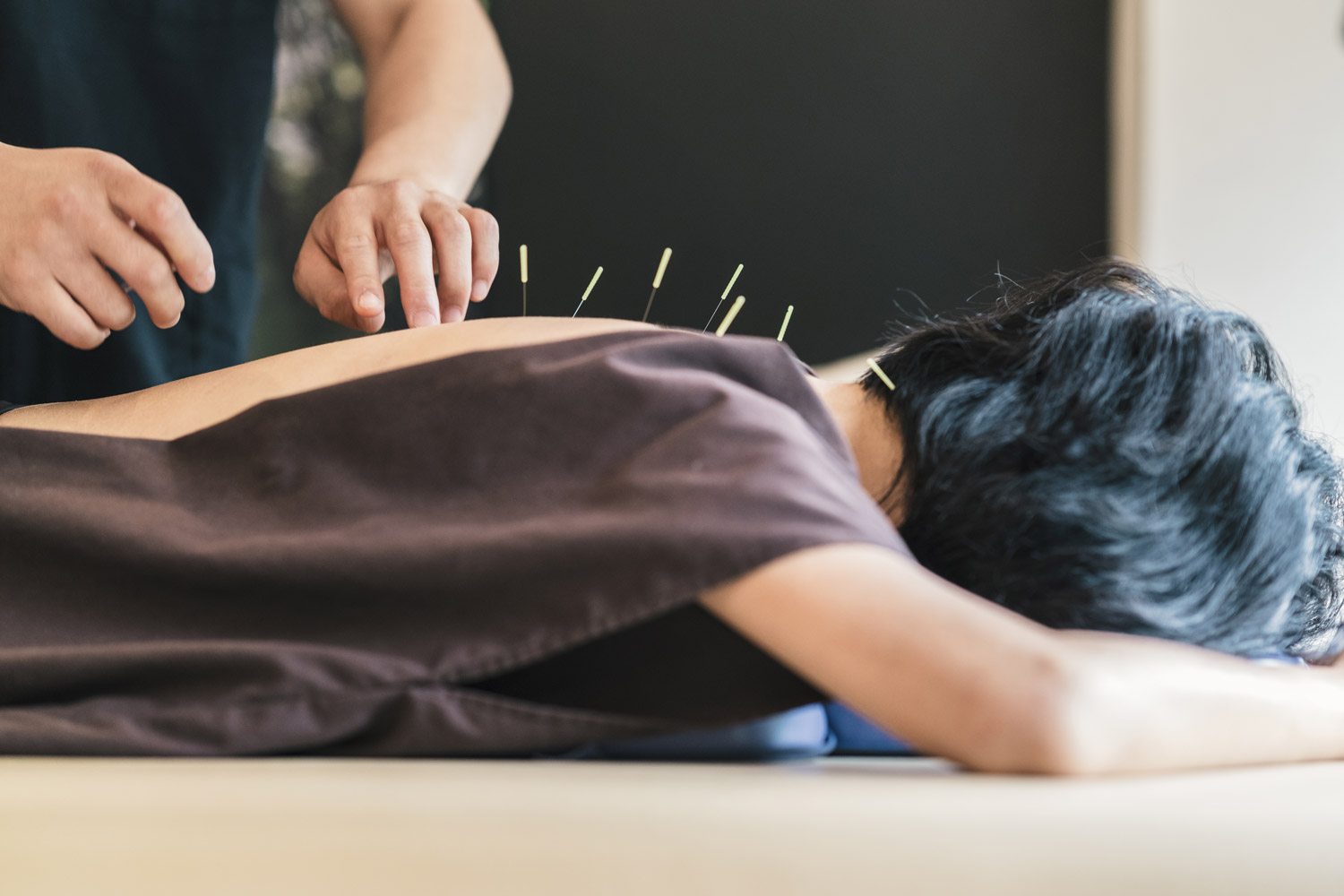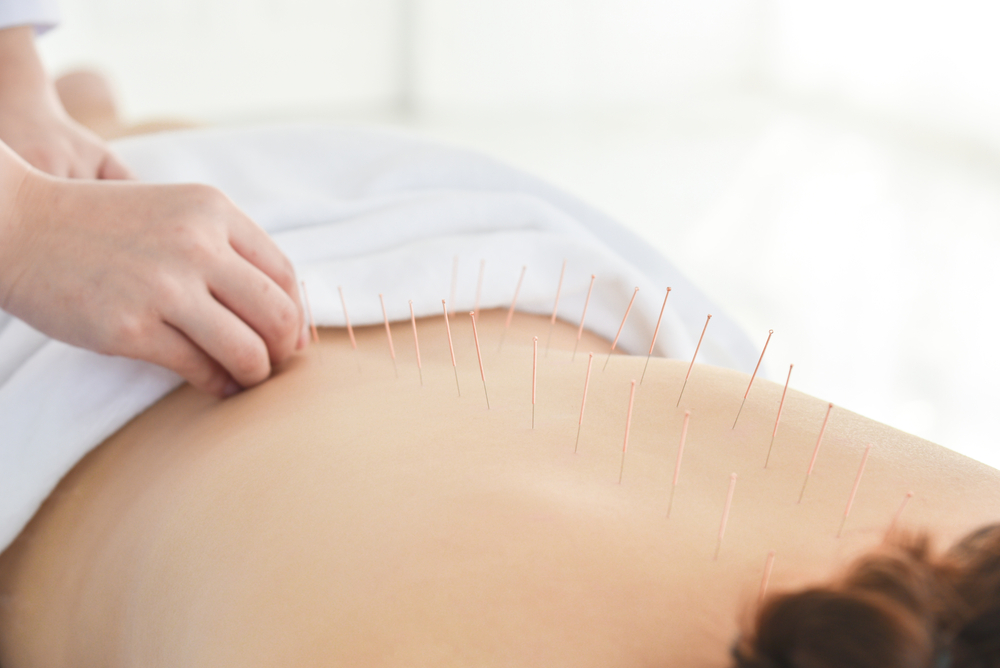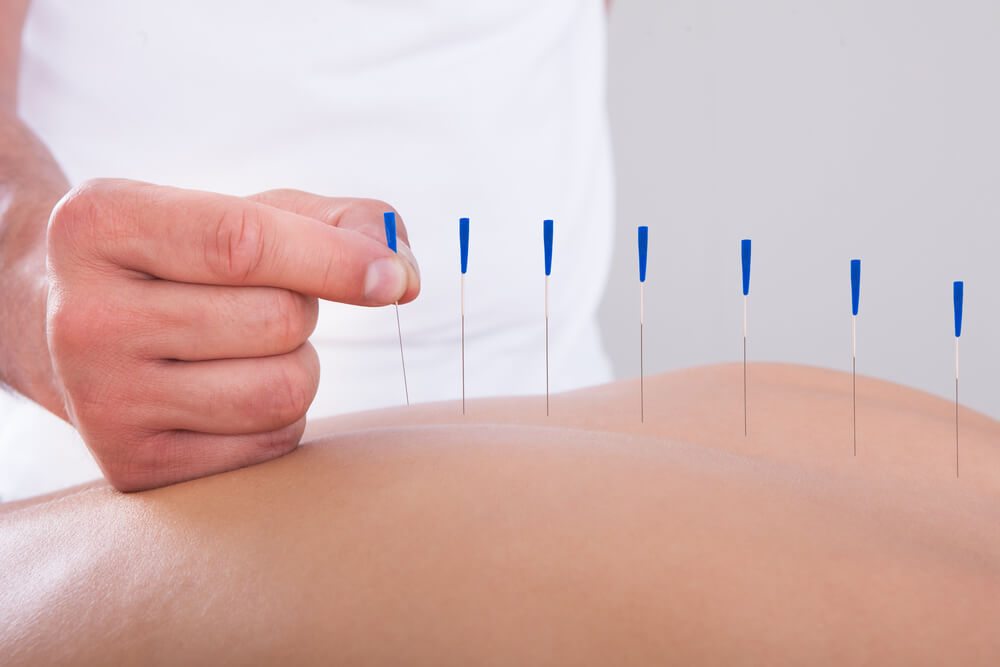Whether you receive regular treatments as part of an overall health regimen, or you’ve just looked into it but never been treated, you know three things about acupuncture.
First, it is one of the oldest practices of Traditional Chinese Medicine (TCM), first documented in 100 BC. But there is evidence that acupuncture was practiced long before that and not only in the Far East. One particularly intriguing sign of how widely acupuncture was used thousands of years ago showed up following the discovery of Otzi the Iceman, a well-preserved ‘natural mummy’ found in Northern Italy in 1991.
Considered to be 5,000 years old, the mummy’s skin showed tattooing at points on the body where acupuncture needles are used even today for abdominal pain and lower back problems. Further examination of the remains show that Otzi probably suffered from both ailments.
Otzi’s back pain relates to the second thing most people understand about acupuncture, which is that it is mainly used to relieve pain (though it has also been linked to relief of symptoms from a long list of ailments from asthma to tinnitus). For pain relief, the insertion of acupuncture needles at specific points on your body stimulates the production of your body’s own pain relievers, called endorphins, to reduce the pain without medications.
The third thing about acupuncture that many people believe is that its curative powers are not proved in the same way as more modern medical treatments. While the effect of pain-relief drugs is documented through scientific studies, the same laboratory results are more difficult to produce for acupuncture.
But a study recently published din the Medical Journal of Australia concluded that “the effectiveness of acupuncture in providing acute analgesia (pain relief) for patients with back pain and ankle sprain was comparable with that of pharmacotherapy (the use of pharmaceutical drugs).
Acupuncture Trials in Australian emergency Rooms
Modern medicine depends highly on scientific evidence before treatments are widely accepted. Considering its history as a traditional treatment, acupuncture enjoys varying levels of acceptance around the world.
In Australia, acupuncture enjoys widespread acceptance among general practitioners as a form of complementary medicine. It is in treatment guidelines for doctors as a way to manage pain.
Even with its acceptance and the fact that emergency room doctors in both public and private hospitals were known to use acupuncture to treat patients’ pain, there had been no studies or trials to document the effectiveness of acupuncture.
A team of medical professionals, including Marc Cohen, Professor of Health Sciences at RMIT University in Melbourne, conducted an ‘equivalence’ study (designed to see if different treatments were equivalent, versus better, to a placebo) aiming to see how effective acupuncture was in relieving pain for emergency room patients.
Over a two-year period, almost 2,000 emergency room patients, including those with symptoms of either low back pain, migraine or ankle sprain, were randomly treated with either acupuncture alone, acupuncture plus pharmacotherapy, or pharmacotherapy alone. Patients were assessed for pain one hour after treatment, every hour until they were discharged, and telephone follow-ups were conducted one to two days following discharge.
The Results
In addition to the conclusion that acupuncture was comparable to medications for the treatment of lower back pain and ankle sprain, the study also found that ‘acupuncture is a safe and acceptable form of analgesia.”
Like any medical treatment, whether its acupuncture or aspirin, results can vary from one patient to the next.
But for those who have enjoyed pain relief from acupuncture, the mounting scientific evidence of its effectiveness is welcome news.




